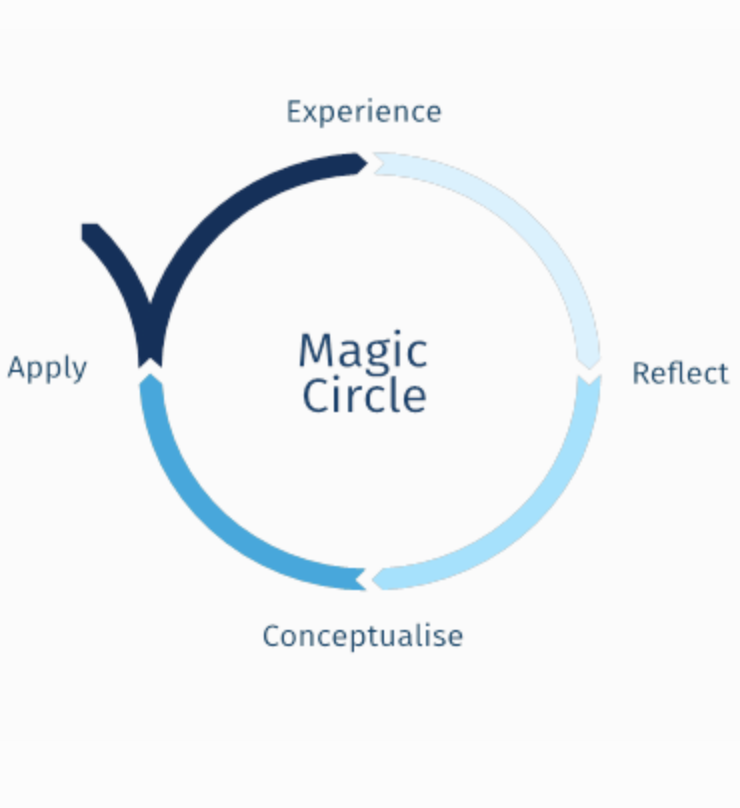The power of simulation in S&OP competency building

For any process to work well, the people running it need to have the right skills and competencies and S&OP is no exception. Even when having done an excellent job in creating buy-in and setting-up processes and systems, S&OP will not be effective if the practitioners are not able to execute it.
Competencies and skills can be developed. The 70-20-10 model states that people learn 70% by doing, 20% from colleagues and only 10% by formal learning. This means that for 90% of the learning, companies rely on formal and informal feedback loops. In S&OP this is inherently more difficult than in most other processes. Why?
- Slow process
S&OP in most companies has a monthly cycle, so learning by doing will always be slow. Attention can easily be swamped by new initiatives and daily fire fighting. S&OP learning by doing requires above average discipline and stamina. - Slow feedback loop
S&OP is a decision making process with a planning horizon of typically 3-18 months. The impact of decisions made in S&OP may only become apparent after many, many months. Learning by doing takes forever. - …or no feedback loop at all?
S&OP is by definition a cross-functional process that helps to realise the company’s strategy. A decision prepared by supply chain can easily impact sales and financial KPIs and vice versa. This may even be clear at the time of decision making, but how often do companies make the link afterwards and evaluate this? S&OP learning by doing may not happen at all.
 Simulations and serious gaming
Simulations and serious gaming
In order to address these inherent difficulties, we have adopted the “Magic Circle” and combine this with simulations and serious gaming. The Magic Circle is an important concept that exploits the fact that most people learn more from experiences than from listening and reading.
The reflection and conceptualisation steps make people think rather than learn passively and so drive deep learning. When the facilitators are S&OP experts, they can add expertise and best practices to the learning cycles and help participants translate the new insights to their real work environments.
Shorten the feedback loop
By introducing a realistic and simulated environment, we can shorten the feedback loops from many months to several hours. By applying the Magic Circle, we can close the feedback loops, even when they are cross-functional and relate to long term strategies. By applying simulations therefore, we can finally ensure real learning by doing, even in S&OP.
Is serious gaming the be-all and end-all in S&OP learning? Obviously not; S&OP is a complex process that requires a blend of formal learning, coaching, PDCA cycles, etc. But a representative simulation offers a very powerful platform to really give the S&OP competencies in your company a boost. And finally, it can also make S&OP learning fun; not unimportant if you are looking for buy-in as well!



